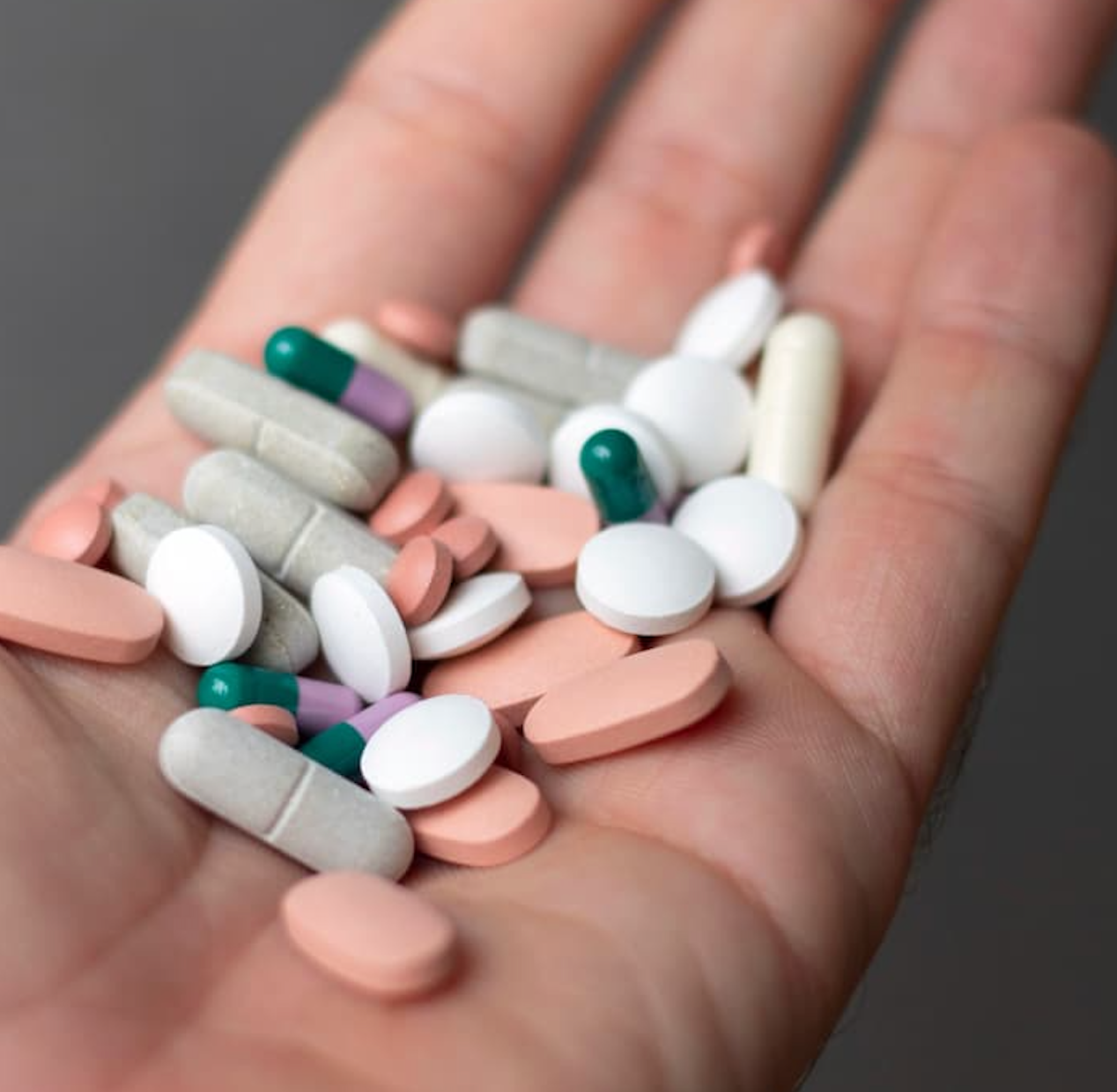Article
Switching Between Infliximab, Biosimilars Deemed Safe, Effective in Patients With IBD
Author(s):
Most patients remained on infliximab biosimilars during the follow-up period and the number of switches was not independently linked to infliximab persistence after adjusting for confounders.
Irrespective of the number of infliximab switches, multiple switches from the originator to biosimilars were reported as safe and effective in patients with inflammatory bowel disease (IBD), according to a study published in United European Gastroenterology Journal.1
Credit: Adobe Stock/OneClic

CT-P13, the first biosimilar approved by both the European Medicines Agency and the US Food and Drug Administration (FDA), was shown to be as safe and effective when compared with the biologic. Additionally, biosimilars were demonstrated to be cost reductive worldwide and many patients who were treated early demonstrated better outcomes.2
“Single and double switch appeared to be effective and safe in some observational studies, but data regarding three or more switches are lacking,” wrote Beatriz Gros, MD, Edinburgh IBD Unit, Western General Hospital, Edinburgh, United Kingdom, and colleagues. “In the present economic climate with multiple biosimilars available at competitive prices, data about multiple biosimilar switches is of increasing importance.”
In the prospective, observational study, adult patients with IBD switching between infliximab biosimilars CT-P13 and SB2 were evaluated for persistence. Secondary endpoints were persistence stratified by the number of biosimilar switches, including single, double, and triple, as well as the safety and efficacy. During the analysis, patients with IBD receiving the infliximab biosimilar SB2 electively switched to CT-P13 and were assessed in a virtual biologic clinic with protocol driven collection of clinical disease activity, infliximab trough/antibody levels, drug survival, fecal calprotectin (FC), and C-reactive protein (CRP).
In total, 2197 patients were switched to CT-P13, of which 66% (n = 196) were classified as having Chron’s disease (CD) and 34% had ulcerative colitis (UC)/IBD unclassified (n = 101), with an average follow-up period of 7.5 months. Most (61.6%) of patients were male and had a median IBD duration of 6.4 years. This was the third switch for 22.5% (n = 67/297) of patients and the second for 31% (n = 92/297) of patients. Prior to the current switch, patients were treated with infliximab for a median of 3.1 years and most (89.2%) were biologic and small molecule naïve.
Most (90.6%) patients remained on infliximab during the follow-up period. The number of switches was not independently linked to infliximab persistence after adjusting for confounders. The median time to discontinuation was 18.5 months and included reasons such as immunogenicity (5.1%), secondary loss of response (2.4%), adverse events (1%), patient’s choice (.7%), and primary non-response (.3%). At baseline, week 12, and week 24, clinical (P = 0.77), biochemical (CRP ≤5 mg/ml; P = 0.75) and FC (<250 µg/g; P = 0.63) remission were comparable.
Investigators noted several strengths, including the prospective study design and the large sample size. Additionally, the study provided data on patients who experienced a single switch, double switch, and triple switch.
However, the lack of a control arm that continued SB2 limited the study by hindering the efficacy and safety comparison between groups. Further, investigators wrote that baseline characteristics were not comparable between subgroups, such as those with a different infliximab duration. To mitigate this, they conducted a multivariable analysis that adjusted for those characteristics to evaluated infliximab persistence. Another limitation was the missing data, although data were prospectively collected. Lastly, patients were heterogenous regarding disease activity, combination therapy, and infliximab doses.
“Multiple successive switches from the infliximab originator to biosimilars appear effective and safe, irrespective of the number of switches,” investigators concluded. “These findings are of major socioeconomic importance, especially in low and middle-income countries where the access to healthcare may be limited.”
References
- Gros B, Plevris N, Constantine-Cooke N, et al. Multiple infliximab biosimilar switches appear to be safe and effective in a real-world inflammatory bowel disease cohort. United European Gastroenterol J. 2023;11(2):179-188. doi:10.1002/ueg2.12357
- Hlavaty T, Letkovsky J. Biosimilars in the therapy of inflammatory bowel diseases. Eur J Gastroenterol Hepatol. 2014;26(6):581–7. https://doi.org/10.1097/MEG.0000000000000098





